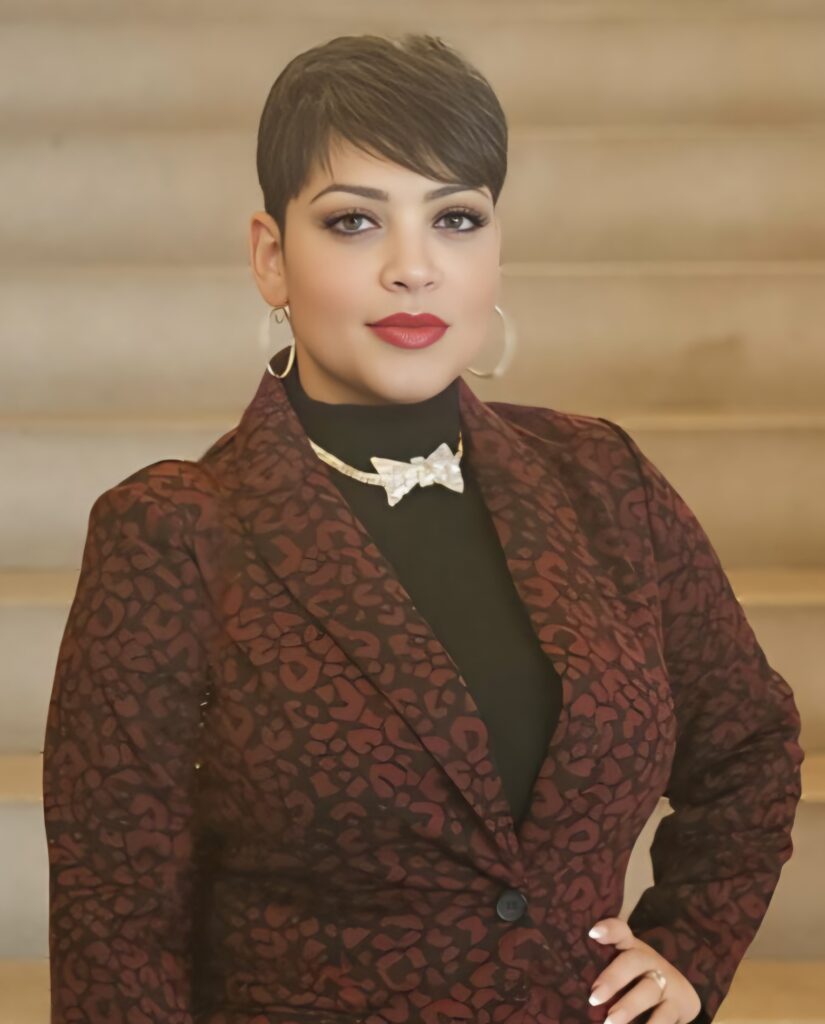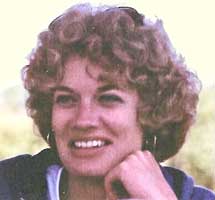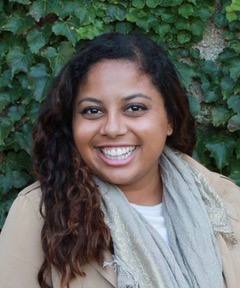An Alma Exley Scholar is one of the leaders of a state-wide program that is addressing the teacher shortage while increasing the diversity of Connecticut’s educators.
Dr. Violet Jiménez Sims, whom we honored in 2008, is making a difference with the Connecticut Teacher Residency Program (CT-TRP), which is enabling university graduates to obtain teacher certification.
Prior to joining CT-TRP, she was a teacher and school leader and served on the faculty of the Neag School of Education at the University of Connecticut. She was honored as a PDK Distinguished Educator Fellow in 2024.

Dr. Violet Jiménez Sims
Rapid Growth
The state approved CT-TRP in 2019 with the twin goals of nurturing more teachers and increasing teacher diversity. Since then, the program has grown to partner with 27 school districts across the state.
A total of 135 TRP graduates are teaching in Connecticut public schools. Over 90 percent of them identify as people of color.
Currently, 40 future teachers are enrolled in two elementary cohorts and two special education cohorts. They will complete the program this summer and are expected to be teachers of record in the fall of 2025.
Dr. Sims is managing director of academic programming and legislative affairs with CT-TRP. Her colleagues on the leadership team are Ushawnda Mitchell, managing director of residencies and financial management, and Dr. Niralee Patel-Lye, managing director of recruitment, retention, and partnerships.
TRP Featured in International Magazine
Dr. Sims is co-author of an article about the program in the Kappan magazine, a publication of PDK International, an honor society for educators. Read the full article.
As the article points out, the teacher pipeline has become much narrower over the past five decades. The number of students graduating from college with bachelor’s degrees in education shrank from 176,307 in 1970-71 to 85,058 in 2019-20.
Over the same period, the teacher workforce became significantly less diverse than the students attending public schools. In the 2020-21 school year, only about 20 percent of U.S. K-12 public-school teachers were persons of color, while students of color comprised over half of public-school enrollment.
In Connecticut, that disparity is even starker. Only 11 percent of public-school educators are persons of color compared to over half of students.
Historical Perspective
Teachers of color have not always been so scarce. Black educators were present in great numbers in segregated, Black schools before the landmark Brown v. Board of Education ordered schools to be desegregated in 1954. Black schools were closed, and Black students were slowly integrated into white schools. Because so many white schools would not hire Black educators, more than 100,000 Black educators were dismissed or demoted.
Promoting Diversity
Connecticut is attempting to overcome the diversity gap through a variety of initiatives. So-called grow-your-own teacher-preparation programs begin recruiting future teachers as early as high school. Other programs offer alternate routes to teacher certification that target college graduates from diverse professional backgrounds.
The Connecticut Teacher Residency Program is an alternate-route program that uses a comprehensive approach to recruit, train, and retain teachers of color. CT-TRP recruits candidates with bachelor’s degrees from any racial or ethnic background. Candidates should have a passion for working with children, experience working with marginalized communities, and a commitment to diversity in education. Most candidates are recruited from noncertified staff working in partner school districts and those working and living in the community.
Full-Year Paid Residency
CT-TRP residents take courses as part of a full-year residency model in which they also work alongside a mentor teacher in the district while receiving pay and benefits. After the one-year residency, they are assigned their own classroom where they receive mentoring support for three additional years.
Partner districts pay CT-TRP residents during the residency year. In return, the residents commit to teach in the district for a minimum of three years.
The salary, aligned with a living wage, demonstrates partner districts’ commitment to a grow-your-own approach and provides a one-year safety net (with the promise of a teacher’s salary in year two) and an incentive for residents to persevere in the program.
-0-

